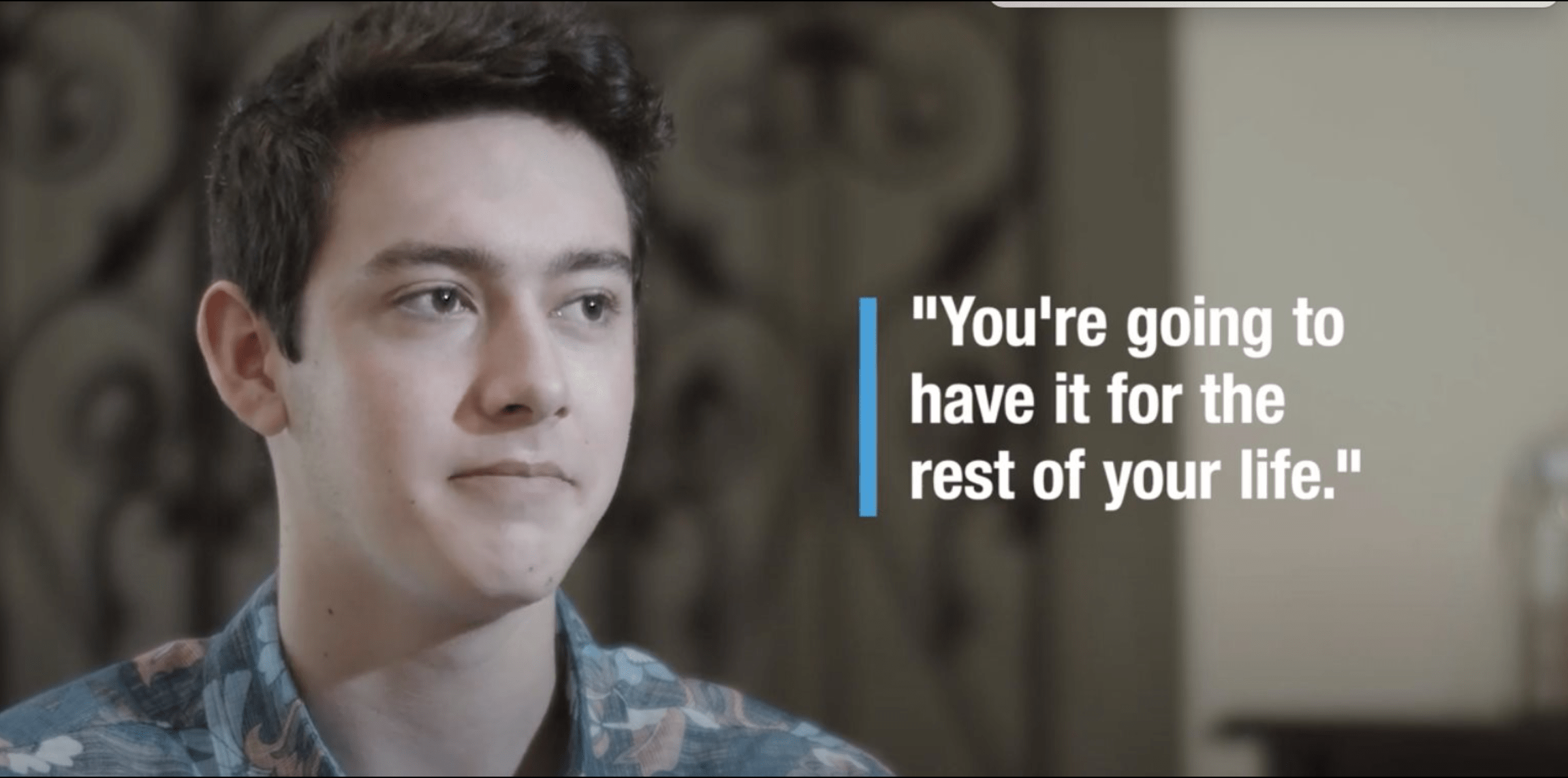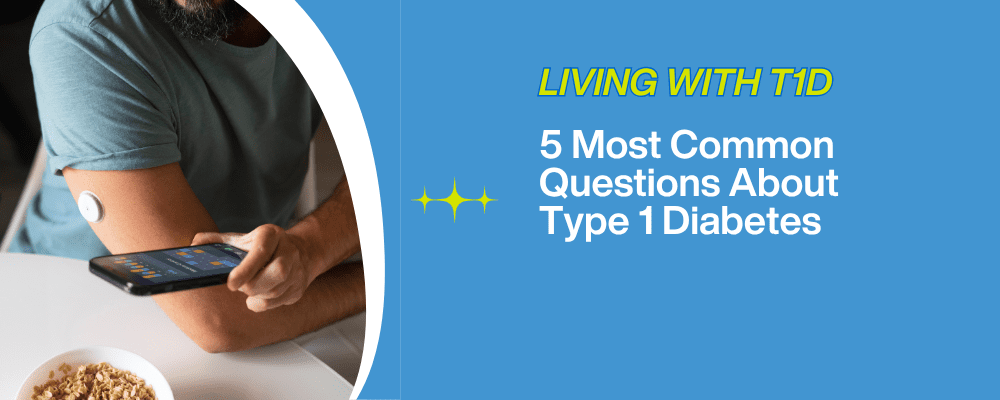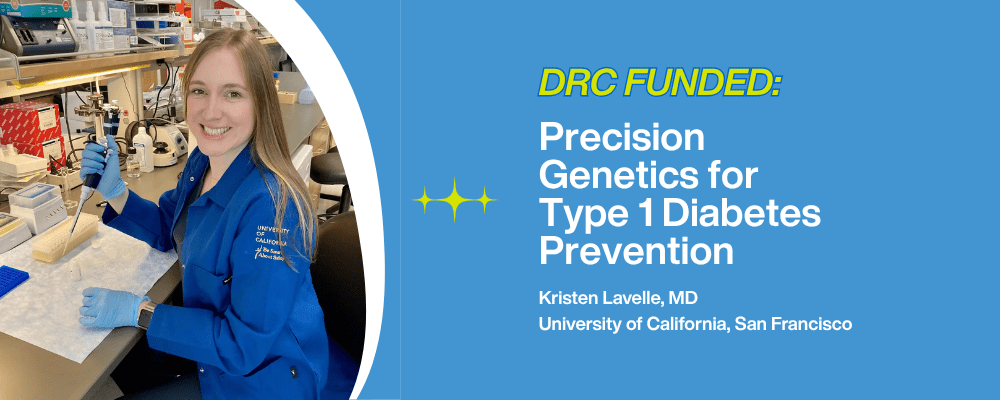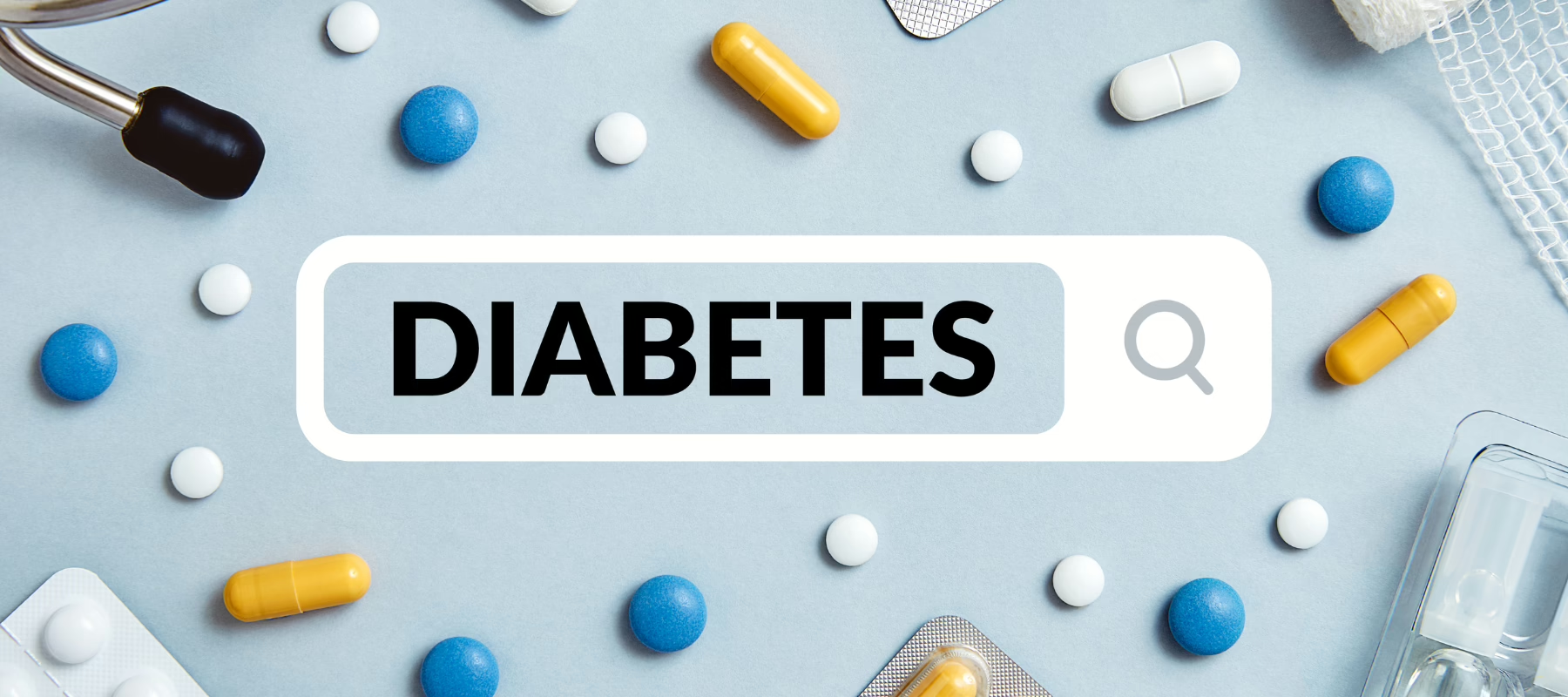Introduction: The Current Reality
Today, millions of people across the globe suffer from Type 1 Diabetes (T1D), a chronic autoimmune condition that significantly impacts their quality of life. Imagine a world where pricking fingers and insulin injections become a thing of the past. Before we get there, let’s take a look at our present reality.
The Burden of Type 1 Diabetes
Living with T1D is a lifelong balancing act. It requires constant monitoring of blood glucose levels, careful meal planning, and regular insulin therapy. But the impact goes beyond the daily routine, often leading to severe health complications if not managed well.
What Type 1 Diabetes Entails
Type 1 Diabetes entails the body’s immune system mistakenly attacking and destroying the insulin-producing cells in the pancreas. Without insulin, our body cannot regulate blood sugar levels, leading to serious complications like kidney failure, heart disease, stroke, and even blindness.
The Journey Towards a Diabetes-Free World
Over the years, scientists have tirelessly sought out solutions to this health crisis. Their efforts have given us a glimpse into a world where Type 1 Diabetes could become a distant memory.
The Role of Technology
In the fight against diabetes, technology plays a pivotal role. But how, you might ask?
Automated Insulin Delivery Systems
Innovative automated insulin delivery systems, or ‘artificial pancreas,’ have significantly improved glucose management. These devices integrate insulin pumps and continuous glucose monitoring to adjust insulin delivery in real-time, reducing the risk of high and low blood sugar levels.
Artificial Pancreas
The artificial pancreas is an even more revolutionary concept. It promises a closed-loop insulin delivery system that mimics a healthy pancreas, potentially eliminating the need for people with Type 1 Diabetes to monitor their blood sugar levels constantly.
The Power of Stem Cell Research
But the breakthroughs don’t stop at technology. Stem cell research has opened up new possibilities for a cure. Scientists are experimenting with turning stem cells into insulin-producing cells, potentially paving the way for a biological cure for Type 1 Diabetes.
Vaccine Development
Another promising avenue is the development of a vaccine. Current research focuses on finding a way to stop the immune system from attacking insulin-producing cells, preventing the onset of T1D.
Living in a World without Type 1 Diabetes
As we embark on this journey, let’s explore what a world without T1D might look like.
Health Implications
Enhanced Quality of Life
Firstly, the elimination of T1D would mean a massive improvement in the quality of life for millions. No more daily finger pricks, careful diet monitoring, or the constant anxiety of potential health complications.
Reduced Health Care Costs
A T1D-free world would also lead to significant reductions in health care costs. With the cost of insulin therapy and management equipment taken out of the equation, both individuals and health systems could see substantial savings.
Societal Impact
On a societal level, a world without T1D could mean more productivity and less absenteeism. Children could attend school without fear of sudden glucose level drops, and adults could focus more on their careers and personal lives instead of their disease management.
Conclusion: The Future is Bright
While we are still on the journey to a world without T1D, the future looks bright. The technological innovations, research breakthroughs, and collective will of the world bring us closer to this reality each day. We can look forward to a time when Type 1 Diabetes is but a footnote in medical history books.
Frequently Asked Questions
- What is the difference between Type 1 and Type 2 Diabetes? Type 1 Diabetes is an autoimmune disease where the immune system attacks insulin-producing cells, while Type 2 Diabetes is usually a lifestyle-related condition where the body becomes resistant to insulin.
- Is Type 1 Diabetes curable? As of now, there is no cure for Type 1 Diabetes. However, it can be managed through a combination of insulin therapy, diet, and exercise.
- What would a cure for T1D look like? A cure could take many forms, including a vaccine to prevent the immune system from attacking insulin-producing cells, or a biological cure that involves replacing destroyed cells with new insulin-producing cells.
- How close are we to a world without Type 1 Diabetes? While we are making great strides in research and technology, it is hard to predict a timeline. However, the collective efforts of scientists, medical professionals, and advocates worldwide bring us closer to this reality each day.
- What can I do to support the fight against T1D?There are several ways to help, including advocating for research funding, participating in clinical trials, raising awareness about the disease, and supporting organizations dedicated to finding a cure.
By 2050, 5 million people in the US are expected to be diagnosed with T1D; 600,000 of them will be children, requiring them to regularly monitor blood sugar and putting them at a higher risk for cardiovascular disease, kidney damage, blindness and other complications. Hear 18-year-old Cooper Buchanan describe how he learned he has T1D, and, how he and others are imagining a world where no one has to ever hear: You have T1D.




